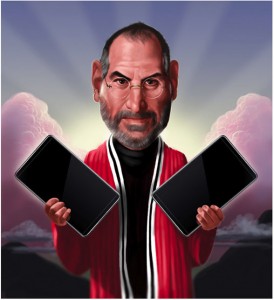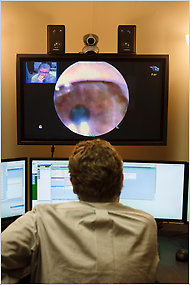What Does Border's Bankruptcy Have To Do With Health Clubs ?
/
My friend Michael Scudder Skyped me this am and asked if I had seen the news on Borders, who just filed for Chapter 11. His skype text said,
Good morning, Bryan! I assume you saw that Borders declared bankruptcy this morning. You called that shot a couple of years ago. Indications for the bricks-and-mortar fitness industry??
I wish I were that smart Michael. However, it is true that the head winds contributing to the book industry's reinvention, ala Borders, are also being faced by the Bricks and Mortar fitness industry.
THE key component of business model viability is this: can an organization consistently create and deliver something at a certain cost and sell it at a higher price ? This is a challenge for many industries and it is instructive to watch what is happening in the book store business today as the "middle men", the publishing and retail book store industries are getting squeezed. The entire book industry is starting to experience what every business is going to experience: tremendous upheaval as creators have more options to create and distribute goods and services. Thus alternative solutions to customer needs are reinventing markets and business models.
Geoffrey Fowler and Jeffrey Trachtenberg wrote a great WSJ article titled, "Vanity Press Goes Digital" , which dissect the shift occurring in book creation. Here is a excerpt:
But some publishers say that online self-publishing and the entry of newcomers such as Amazon into the market could mark a sea change in publishing.
"It's a threat to publishers' control over authors," said Richard Nash, former publisher of Soft Skull Press who recently launched Cursor Inc., a new publishing company. "It shows best-selling authors that there are alternatives—they can hire their own publicist, their own online marketing specialist, a freelance editor, and a distribution service."
In the fitness industry, as with many other industries, there are similarities to the book business. If you are skeptical of what I am saying realize history includes many examples. Long before there were iPads and Kindles were other disruptive technologies like the printing press and Guttenberg Bible. turned the world on its head. We are here again. I think the bricks and mortar fitness business will survive, but there will be increasing competition from alternative digital services and competitors who blend a combination of digital and personal delivery that create unique customer member experience.
So tell me, Bryan O'Rourke, what do you think ? Does the Border's Bankrtupcy relate to the health club industry ? Are changes in the business models for health clubs going to create opportunities and disruptions in the industry ?
Watch the interesting video below and thanks for your thoughts.












